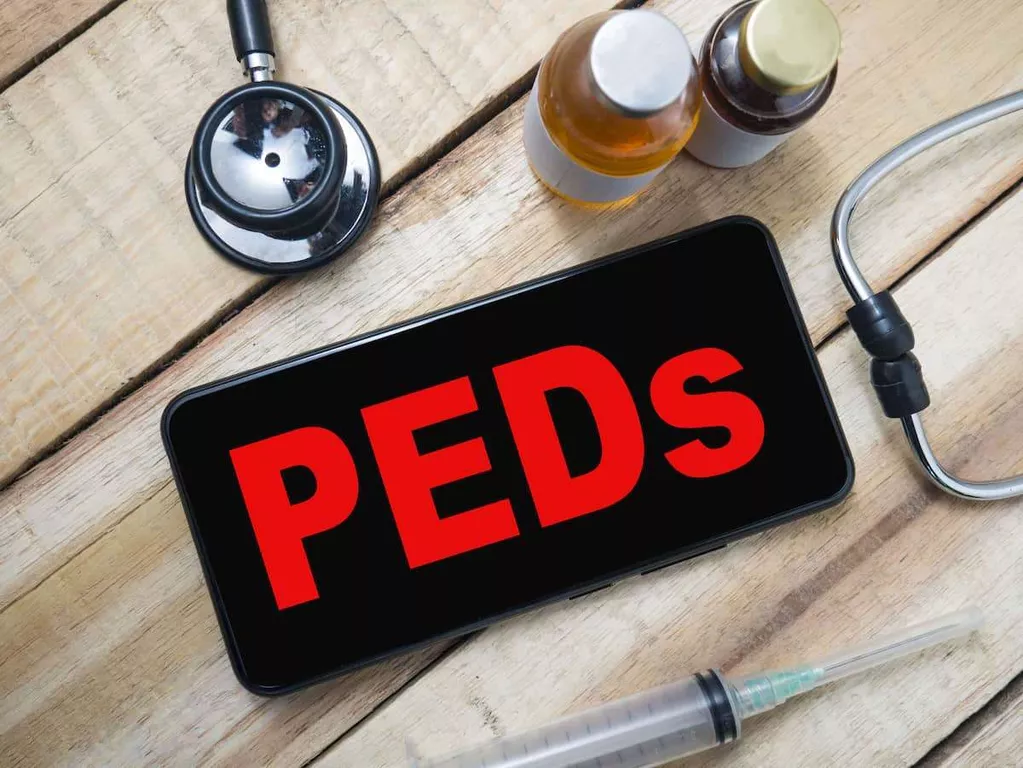Innocent Faces of Fentanyl: Opioid Use Linked to Distinct Birth Anomalies

In addition to cleft palate, the 10 infants have unusually small bodies and heads. Their noses tend to turn upward, and their lower jaws are often undersized. Their feet may point down fetal drug syndrome symptoms and inward, and two of their middle toes are webbed.
Diagnosis of FAS
Drugs of abuse not only target the developing fetal brain directly, but can exert effects through a variety of organs with the mother, including the uterus, placenta, heart, lungs, and brain. The International League Against Epilepsy recommends that all women with epilepsy be managed in close association with a neurologist and obstetrician 12. Counseling is recommended for women to discuss Alcohol Use Disorder the need to control seizures, the adverse effects and the teratogenicity of anti-epileptic drugs during pregnancy. Therapeutic drug monitoring in the antenatal period is a must when phenytoin and phenobarbitone are being used and should be done monthly. Also, it is recommended that women taking phenytoin take folic acid supplements, both before conception and during pregnancy as a preventive measure against malformations.

Were the babies confirmed to be on fentanyl?
In some cases, transgenerational effects via epigenetic changes have been documented. In addition, studies have repeatedly pointed out the crucial covariates of postnatal environment and socioeconomic status. The developing brain is extremely plastic and adaptable; we continue to discover new and better strategies for intervention.
- A diagnosis of NAS is based on a variety of systems that evaluate the presence and severity of withdrawal (4–11).
- The first palate surgery is usually scheduled during the toddler period.
- The opioid epidemic has adversely affected neonates and children, yet the mechanisms by which it impacts this population are not well understood.
- There are a variety of treatments available for pregnant women, including behavioral treatment and mutual-support groups.
Characteristics of fetal alcohol spectrum disorder (FASD)

Neonatal abstinence syndrome (NAS) can be difficult to quantify since the number of cases continues to increase each year. One study suggests there is one newborn diagnosed with NAS every 25 minutes, which equals between 2 to 7 newborns out of every 1,000 births. NAS may also refer to conditions caused by newborns withdrawing from other substances they became dependent on in utero.
If you are consuming alcohol and trying to become pregnant or you are currently pregnant, reach out to a healthcare provider for help quitting. Prenatal alcohol exposure is the leading preventable cause of congenital (present at birth) conditions in the United States. When consumed during pregnancy, alcohol crosses the placenta and enters the fetus’s bloodstream. People with fetal alcohol syndrome have facial abnormalities, including wide-set and narrow eyes, growth problems and nervous system abnormalities. The Australian FASD Language Guide provides recommendations for using respectful language in discussions, reports, and presentations about FASD.
Who is at risk for neonatal abstinence syndrome?
Because many people do not know they are pregnant during those first few weeks, the risk of FAS increases if you drink alcohol and have unprotected sex. The new study found that the cause of FFS may be fentanyl’s disruption of the baby’s ability to make cholesterol, related to fentanyl exposure in the womb. The information on this site should not be used as a substitute for professional medical care or advice. To prevent FASDs, you should not drink alcohol while you are pregnant, or when you might get pregnant. There is a level of hypervigilance in parenting Carly that does not have to occur with our other children. Carly needs to be watched and monitored all the time, in part because she is emotionally disconnected from herself.

- I interpreted this diagnosis as a good thing and had an initial sense of relief.
- We have told everyone in our community that Carly has ARND so that they, the village, can help monitor her with us.
- Long-term outcomes have been difficult to assess due to several prenatal and postnatal confounding variables including socioeconomic exposure, educational level of parents, exposure to other drugs, prematurity, low birth weight, among others.
- Moreover, drugs can alter fetal development through a wide variety of mechanisms (Figure 2).
If medicine is needed, babies will often be given a medicine that’s in the same family of drugs as the drug the baby was exposed to before birth. Talk with your baby’s doctor to learn which treatments might work for your baby. Pregnant women who use psychoactive drugs, smoke, or drink alcohol put their unborn babies at risk for NAS and other problems.

Effects of Opioid Use on Pregnancy and Pregnancy Outcome
Medicines can help prevent seizures, improve feeding, stop diarrhea, decrease agitation, and control other severe symptoms. At the same time as you ask your healthcare provider for a referral to a specialist, call your state or territory’s early intervention program. Request a free evaluation to find out if your child can get services to help.
